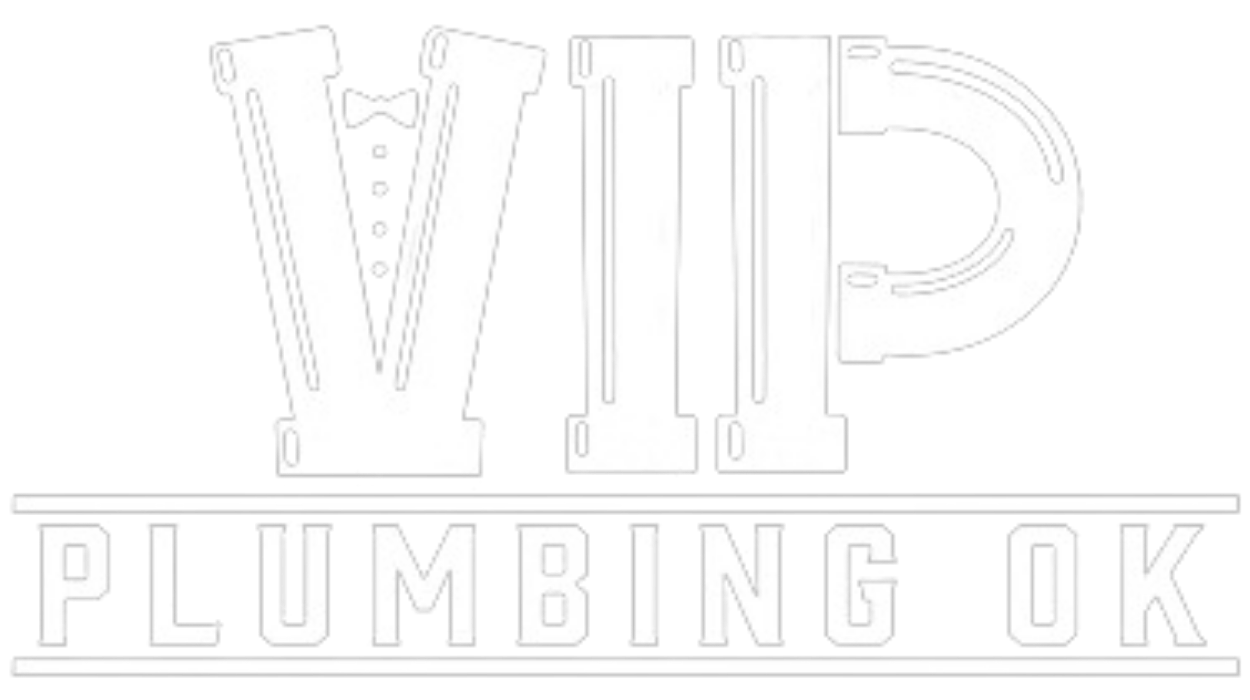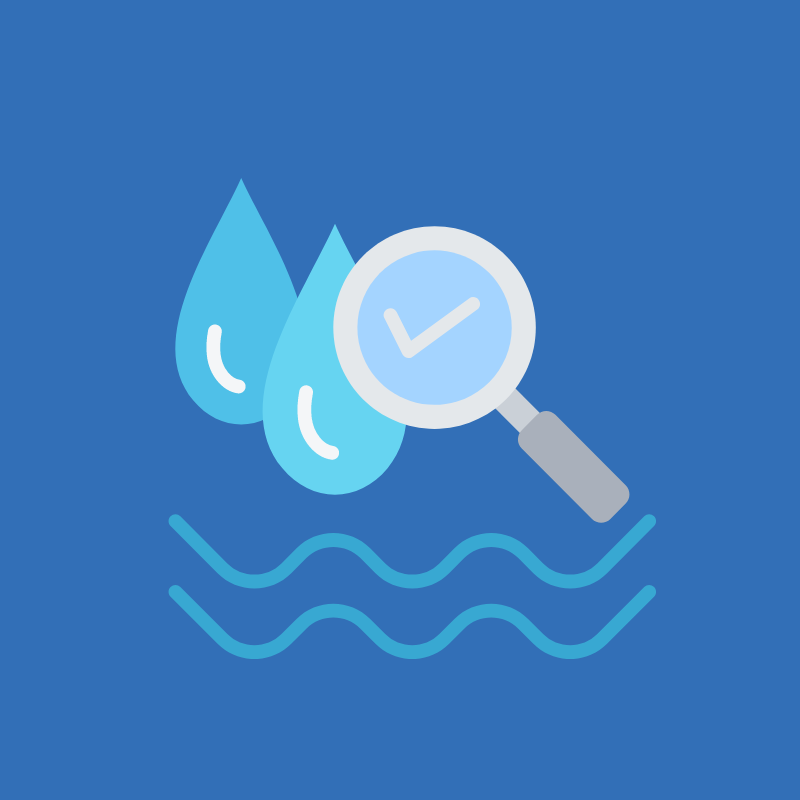The evolution of plumbing technology has significantly transformed the quality of water we use in our homes and businesses. It is easy to observe the tremendous strides made in ensuring that the water we consume is cleaner, safer, and healthier. These advancements span various areas, including filtration systems, smart water monitors, eco-friendly fixtures, and the materials used in plumbing infrastructure. Each innovation contributes to a comprehensive approach to water quality, addressing both contaminants and the efficiency of water use.
In this article, we will delve into the specific advancements that have revolutionized water quality through modern plumbing practices. You will learn about the latest in filtration technologies, such as reverse osmosis, activated carbon, and UV light systems, the role of smart water monitors, the impact of eco-friendly fixtures, the significance of new pipe materials, and the regulatory framework that supports these improvements. By the end of this article, you will have a detailed understanding of how these advancements work and why they are crucial for ensuring superior water quality.
Filtration Systems
Advancements in water filtration systems have played a pivotal role in enhancing water quality. Modern filtration technologies remove a wide array of contaminants, ensuring that the water is safe for consumption and use. This section will explore the three primary types of filtration systems: reverse osmosis, activated carbon, and UV light.
Reverse Osmosis
Reverse osmosis (RO) is a highly effective filtration method that uses a semipermeable membrane to remove impurities from water. The process involves forcing water through the membrane, which blocks contaminants such as heavy metals, salts, and other harmful substances. RO systems are renowned for their ability to produce high-quality drinking water by removing up to 99% of impurities. The purified water is collected on one side of the membrane while the contaminants are flushed away. This technology is particularly beneficial in areas with poor water quality or where municipal water treatment is insufficient.
Activated Carbon
Activated carbon filters are another essential technology in modern water filtration. These filters use porous carbon to adsorb contaminants from water. The large surface area of activated carbon makes it highly effective at trapping chlorine, volatile organic compounds (VOCs), pesticides, and other chemicals that can affect water taste and safety. Activated carbon filters are commonly used in both point-of-use and point-of-entry systems, providing a versatile solution for improving water quality in homes and businesses. They are often integrated with other filtration technologies to enhance their effectiveness.
UV Light
Ultraviolet (UV) light filtration is a non-chemical approach to disinfecting water. UV systems use ultraviolet light to kill or inactivate harmful microorganisms such as bacteria, viruses, and protozoa. This method is highly effective and does not alter the taste or chemical composition of the water. UV light filtration is particularly useful in ensuring microbiological safety, complementing other filtration methods that focus on removing chemical contaminants. These systems are increasingly used in residential, commercial, and industrial applications to provide an additional layer of protection against waterborne pathogens.
Water Monitors
Smart water monitoring systems represent a significant advancement in ensuring water quality. These systems provide real-time data and alerts about water conditions, enabling proactive management of water quality issues. This section will cover how these systems work and the benefits of smart technology for water detection.
How They Work
Smart water monitors continuously analyze water for various parameters such as pH, temperature, turbidity (how clear it is), and the presence of contaminants. These devices are equipped with sensors that detect changes in water quality and transmit data to a central system or directly to users’ smartphones. When anomalies are detected, the system sends alerts, allowing for immediate action to address potential issues. This real-time monitoring ensures that any problems with water quality can be quickly identified and resolved, preventing potential health risks.
Smart Technology for Water Detection
Smart technology has revolutionized water detection by making monitoring systems more accessible and user-friendly. Advanced algorithms and machine learning are used to analyze data, providing insights into water usage patterns and potential sources of contamination. These systems can predict and prevent issues such as pipe corrosion or contamination from external sources. By integrating with home automation systems, smart water monitors offer a comprehensive approach to water quality management, ensuring that water remains safe and clean at all times.
Eco-Friendly Fixtures
Eco-friendly plumbing fixtures are designed to conserve water and reduce waste, indirectly improving water quality by reducing the load on water treatment plants. This section will discuss the role of treatment plants and the types of eco-friendly products available.
Types of Products Available
A variety of eco-friendly plumbing fixtures are available, each designed to conserve water without compromising performance.
Shower Heads And Faucets
Low-flow shower heads and faucets are designed to reduce water usage without sacrificing performance. These fixtures utilize advanced aeration technology to mix air with water, maintaining a strong, steady stream while significantly lowering the amount of water used. By restricting the flow rate to a maximum of 2.5 gallons per minute (GPM) or less, compared to the standard 5 GPM, low-flow shower heads and faucets cut water consumption by up to 50%. This reduction not only conserves water resources but also decreases the energy required to heat water, resulting in lower utility bills.
Dual-Flush Toilets
Dual-flush toilets offer different flush options that significantly reduce water usage. They do this by providing two different amounts of water depending on what is being flushed. For liquid human waste, the toilet delivers a smaller amount than if the flushing is meant to remove solid waste.
Hands-Free Faucets
Hands-free faucets, also known as touchless or sensor faucets, conserve water by automatically controlling the flow based on user presence. Equipped with motion sensors, these faucets activate only when hands are detected beneath the spout and shut off immediately when hands are removed. This precise control minimizes water wastage, as the faucet is not left running unnecessarily during activities such as soaping hands or brushing teeth. By reducing the time the water flows and eliminating the possibility of leaving the faucet running inadvertently, hands-free faucets significantly lower water usage, promoting conservation and enhancing hygiene by reducing touch points.
Energy Efficient Products
Other products include water-efficient dishwashers and washing machines that use advanced technology to minimize water consumption. These fixtures not only save water but also reduce utility bills, making them an attractive option for environmentally conscious consumers. Although none of these products directly influence the quality of one’s water, as you will see, their reduced water consumption inadvertently affects it.
Treatment Plants
Water treatment plants play a critical role in ensuring that water is safe for consumption. By reducing water usage through eco-friendly fixtures, the burden on these treatment plants is lessened, allowing them to operate more efficiently. This can lead to better treatment outcomes and higher-quality water.
Lower water consumption also means that less wastewater is generated, which reduces the potential for pollution and contamination of water sources. Furthermore, by minimizing water wastage, these eco-friendly fixtures help reduce the burden on municipal water treatment facilities, contributing to overall water quality improvement and environmental sustainability.
Pipe Materials
The materials used in plumbing pipes significantly impact water quality. Innovations in pipe materials have led to safer and more durable options, reducing the risk of contamination. This section will compare old and new pipe materials.
Older Pipe Materials
Older pipe materials, such as lead and galvanized steel, can pose serious risks to water quality. Lead pipes, in particular, can leach toxic lead into the water supply, posing a significant health hazard. Galvanized steel pipes are prone to corrosion, which can lead to rust and other contaminants entering the water. These materials are no longer used in new installations but may still be present in older homes and buildings, necessitating replacement to ensure safe water.
New Pipe Materials
Modern plumbing uses safer and more efficient materials such as cross-linked polyethylene (PEX) and copper. PEX is flexible, resistant to corrosion, and easy to install, making it a popular choice for new construction and renovations. Copper pipes, while more expensive, offer excellent durability and have natural antimicrobial properties, reducing the risk of bacterial contamination. These newer materials not only improve water quality but also extend the lifespan of plumbing systems, providing a reliable solution for decades.
Government and Industry Standards
Government and industry standards play a crucial role in ensuring water quality through regulation and oversight. This section will discuss regulation changes, the impact on new construction and renovations, and the benefits of adhering to these standards.
Regulation Changes
Regulatory changes have driven significant improvements in water quality by setting higher standards for plumbing materials and practices. Regulations such as the Safe Drinking Water Act (SDWA) in the United States mandate stringent testing and monitoring of water supplies. These regulations require the use of approved materials and technologies in plumbing systems, ensuring that they meet safety and performance criteria. Continuous updates to these regulations reflect advancements in technology and emerging health concerns, providing a framework for ongoing improvements in water quality.
Impact on New Construction and Renovations
Adhering to government and industry standards is essential in new construction and renovation projects. Compliance ensures that plumbing systems are designed and installed to meet current safety and efficiency requirements. This includes using approved materials, implementing best practices for installation, and conducting regular inspections to verify compliance. The impact of these standards is seen in the overall improvement in water quality and the reduction of health risks associated with contaminated water.
Benefits
The benefits of adhering to government and industry standards extend beyond individual health and safety. These standards promote sustainable practices, reduce the environmental impact of plumbing systems, and enhance the overall reliability and performance of water infrastructure. By following these regulations, plumbers and builders contribute to a healthier community and a cleaner environment, ensuring that water remains a safe and accessible resource for future generations.
Looking To Improve The Quality Of Your Water Using The Latest The Plumbing Industry Has To Offer?
Advancements in plumbing technology have made significant contributions to improving water quality. From advanced filtration systems like reverse osmosis, activated carbon, and UV light, to smart water monitors and eco-friendly fixtures, these innovations have transformed the way we manage and ensure the safety of our water. New pipe materials have replaced outdated, hazardous options, providing safer and more durable solutions. Regulatory frameworks support these advancements, setting high standards for water quality and plumbing practices.
As we continue to embrace these modern technologies and practices, it is crucial to stay informed and proactive in maintaining and improving water quality. Investing in advanced plumbing systems and adhering to regulatory standards not only protects our health but also promotes sustainability and environmental responsibility. The collective effort of homeowners, businesses, and plumbing industry professionals is essential for safeguarding our water resources.
If you are concerned about the quality of your water, consider consulting with us at VIP PlumbingOK to evaluate and upgrade your plumbing system. Investing in advanced filtration, monitoring, and disinfection technologies can provide peace of mind and protect your health. Take proactive steps today to ensure the safety and purity of your water supply for years to come. Your commitment to improving water quality not only benefits you and your family but also contributes to a healthier and more sustainable environment.

